“These are called dancing deers. It’s not that Sangai deer can dance, but when they walk on the grassland, they look like they are dancing. The reason being the phumdis. As the phumdis float on the water, the grassland beneath them moves like a wave when the deers walk on the surface. This gives an impression of a dancing deer.” Our guide cum boatman explained to us while cruising through the narrow water channels between the phumdis in Keibul Lamjao National Park, the only floating national park in the world.
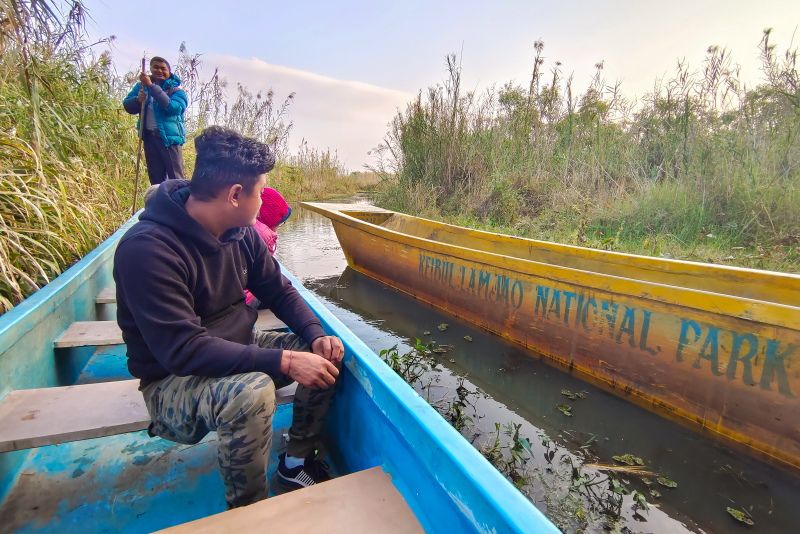
About Keibul Lamjao National Park
Keibula Lamjao National Park is situated in the Bishnupur district in Manipur, India. The park is over 40 square-km area, and two-thirds of the total area is floating on Loktak Lake. That’s what makes this national park a unique place. It was named a wildlife sanctuary in 1966. 11 years later, the sanctuary was awarded a national park status.
The floating areas are called phumdis formed by floating decomposed plant materials. Phumdis grow on biomasses. And gradually, vegetations grow on these phumdis. The depth of phumdis may vary from 1ft to 4ft. And only 20% float above the water. They can carry up to 140kgs, more than the maximum weight of a full-grown adult male sangai deer.
If you look at the Park from the watchtower, the entire area looks like a vast grassland with small water pockets in between. It is hard to believe that the entire area is floating on water and part of Loktak Lake.

Flora and Fauna of Keibul Lamjao National Park
Sangai deer, or the brow-antlered deer (scientific name – Rucervus eldii eldii), is the main attraction of Keibul Lamjao National Park. The word sangai in a Manipuri phrase means “animal that waits” (“sa” means an animal, and “ngai” means in waiting).
When another animal chase sangai deer, it runs, and when the chasing animal stops, it also stops as if it is waiting for the other animal. That is how the name sangai came. Sangai Deer is the state animal of Manipur.
Sangai has a special link with the life and culture of Manipuris. It is interpreted as a binding soul between humans and nature. Slaying a sangai deer is interpreted as breaking that bond.
According to a folklore in Metei culture, Kadeng Thangjahanba, a skilled blacksmith from the royal court once caught a gravid sangai deer for his love Tonu Laijinglembi. But his act of bravery cursed his fate and he found that his beloved got married to the king of Moirang under whom he used to work.
In another Metei folklore, a prince named Pudangkoi from Luwang clan got transformed into a deer by god’s grace, and the deer was named sangai.
The characteristic antler of a male sangai deer can be 100-110 cm long. the antlers of the opposite side are asymmetrical. The adult male sangai deer can weigh up to 120 kg.
The females are shorter and lighter compared to the males. They usually search for food in the early morning or before sunset, which is the best time to spot one inside the bush of elephant grass while walking across the phumdis.
A ten-day Sangai Festival is celebrated every year in the last week of November near Moirang in Manipur.
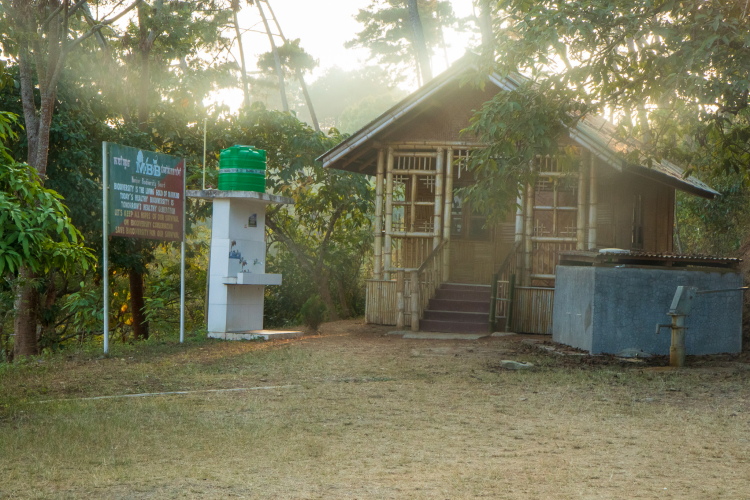
In 1975 there were only 18 sangai deer in this park, but as per the last estimation done in 2018, the total number of sangai deer in Keibul Lamjao National Park is 251.
Other animals found in Keibul Lamjao National Park are hog deer, wild boar, Indian civet, jungle cat, wild bear, hoolock gibbon, rhesus monkey, stump-tailed macaque, Indian python etc. Residents and migratory birds like the Himalayan kingfisher, hill myna, ruddy shell duck, hooded crane, and white-breasted pied woodpecker can also be spotted here.
The flora of the phumdis, or the floating part of this national park, consists of wild rice, grasses, reeds, and flowers like white water hyacinth and ginger lily. While the rooted floating plants in Loktak Lake include lotus, water caltrop, and different kinds of water lilies.

Visiting Keibul Lamjao National Park
One can enter with his car inside Keibul Lamjao National Park after getting the entry permit from the entry gate. It’s a small drive along a dirt trail that leads to the top of a hillock, where you will get a 180-degree view of the national park.
At the watchtower, a ranger will help you spot a sangai deer or other wild animals inside the long grasses on the phumdis. The rangers have binoculars placed at the watchtower, which is your best bet to catch a glimpse of the wildlife.
I saw a couple of cottages at the viewpoint where wildlife enthusiasts could stay, but my guide told me that the cottages were yet to be functional.
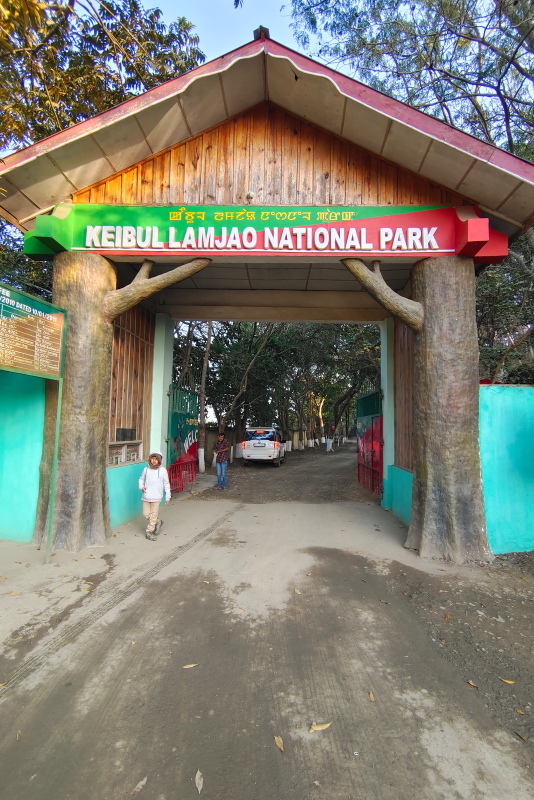
Entry days: All days
Entry time: 9 am – 6 pm
Entry fee:
- Adult – Domestic/Foreigner – ₹30/₹200;
- Student and children – Domestic/Foreigner – ₹15/₹100;
- Still camera – Domestic/Foreigner – ₹50/₹250;
- video camera – Domestic/Foreigner – ₹1000/₹6000;
- Light vehicle (up to 10 seat capacity) – Domestic/Foreigner – ₹100/₹500
A boat ride through the labyrinth of Keibul Lamjao National Park
If you want to feel this floating national park’s rarity, you must go for a boat ride through the narrow waterways between the large phumdis in Keibul Lamjao National Park. You may get a very close glimpse of sangai deer if you are lucky enough.
And the best part is, you can hop onto one of the phumdis (supervised by your guide) and walk on it to feel the actual sense of walking on a floating grassland. And eventually, you will understand the reason beyond the name “dancing deer”, as the sangai deer is called.

How to reach
Keibul Lamjao National Park is situated in the state of Manipur in northeast India. The park is 10 kilometres away from Moirang town. Moirang is situated in the Bishnupur district and approximately 45 kilometres from Imphal.
The drive is along the valley, and it takes nearly one hour to reach there. You will get shared cabs from Imphal to Moirang, and then auto-rickshaws are available from Moirang to Keibul Lamjao National Park.
There are direct flights to Imphal from cities like Guwahati, Kolkata and Shillong. The nearest railway station is Dimapur in Nagaland, more than 200 km from Imphal.

Where to stay
Aquamarine homestay is a unique stay built on phumdis in the middle of Loktak lake. The facilities are basic, but the location is the best.
Sendra Park Resort is a good option on a hillock from where the view of the lake looks mesmerising. The tariff is higher, but the amenities and services are worth the expenses. We stayed in Sendra Park Resort, and we enjoyed our stay.
You can also stay at Karang Island, the largest island in Loktak Lake, where a new homestay named Babu Homestay offers four basic rooms with an attached toilet and a restaurant.
When to visit
You can visit the park throughout the year. The best time to visit Keibul Lamjao National Park is between October and March. During monsoons, the park gets flooded with increased water levels, and wild animals move to the nearby hills.
The best time to spot a sangai deer is between 6 am -10 am and again between 3:30 pm-6 pm when they look for food inside the grasslands.

Few essential tips
- All tourists need an inner line permit to visit Manipur.
- The best time to visit the park is in the morning or before sunset when the sangai deer come out in herds searching for food.
- There is no canteen or shop at the viewpoint as the viewpoint itself comes within the territory of the national park.
- You will see wrappers, plastic bottles and food packets thrown away beside the trail or in the water. Do not get encouraged and restrict yourself from littering.
- Do not step on phumdis unless asked by your guide. Remember, they are just floating grassy surfaces.

Other places to see near Keibul Lamjao national park
- Loktak Lake and Karang Island
- INA War Museum
- INA Headquarters
- Imphal Peace Museum
Book your trip: Resources
- Flight
Use Skyscanner or Google Flights to book your flight.
- Accommodation
Tripadvisor and Agoda are perfect for booking your hotel. If you want to stay in a hostel, then Hostelworld would greatly help you find one at your convenience.
- Travel Insurance
World Nomads is perfect for travel insurance. You can get comprehensive protection from them. Let them take care of unexpected situations while you concentrate on your trip.
- Package Tour and Activities
You can book a package tour from G-Adventures and Viator. They are a reputed company arranging small group tours and customising them per your requirements. You can also use Get Your Guide to book your private transport, city tours, heritage walks, food walks and other experiences like a cooking lesson or a Yoga session.
Disclosure: Some of the links below are affiliate links. You will be directed to another third-party website when you click those links. If you purchase anything via those links, I will earn a referral bonus without any extra cost to you.
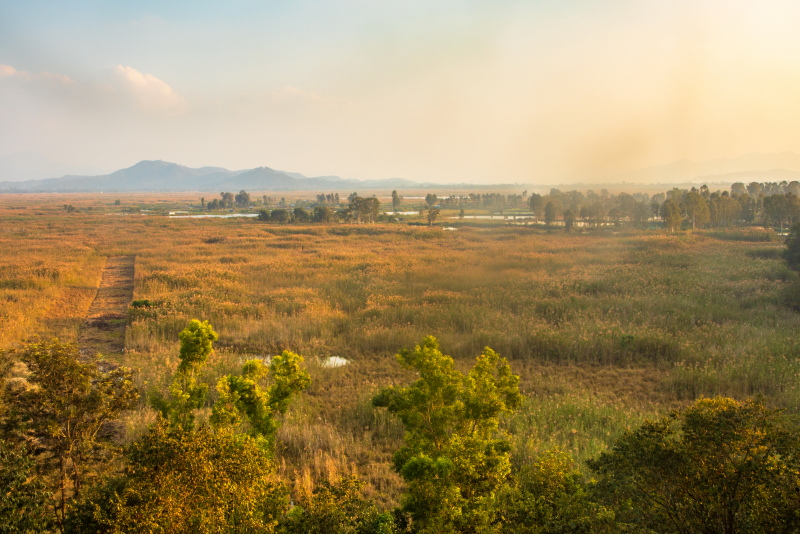
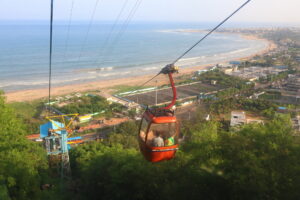
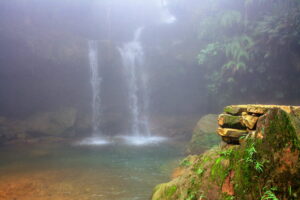
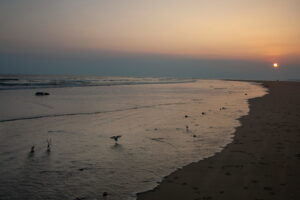
Pingback: Loktak Lake | An Ecological Marvel in Manipur, India - My Travel Frames